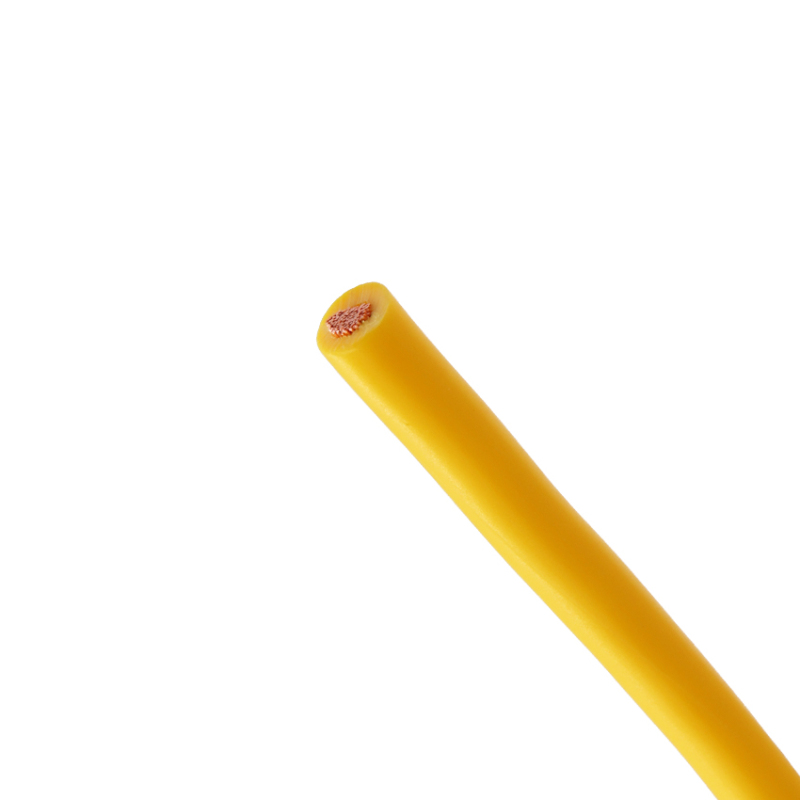Installation Tips for Single Copper Core Flexible Conductor Unsheathed Cable
Electrical installations are a critical component of any building's infrastructure, ensuring that power is safely and efficiently distributed. Among the various types of cables used in these installations, the Single Copper Core Flexible Conductor Unsheathed Cable stands out for its versatility and reliability. This blog post aims to guide you through the correct installation process, ensuring your electrical systems operate smoothly and safely.
Pre-Installation Checklist for Safe Handling
Tools Required for Efficient Unsheathed Cable Installation
Step-by-Step Guide to Installing Single Copper Core Cables
- Planning Your Route
- Measuring and Cutting
- Stripping and Preparation
- Routing the Cable
- Securing the Cable
Troubleshooting Common Installation Challenges
Post-Installation Testing and Safety Checks
Pre-Installation Checklist for Safe Handling
Before beginning the installation of any electrical cable, especially when dealing with Single Copper Core Flexible Conductor Unsheathed Cable, it is crucial to ensure that safety protocols are in place. First, inspect the cable for any damage. A compromised cable can lead to electrical failures or hazards. Ensure that the environment is dry and free from any potential sources of ignition. It is also essential to wear appropriate personal protective equipment (PPE), such as gloves and eye protection, to prevent injuries.
Tools Required for Efficient Unsheathed Cable Installation
Having the right tools at your disposal can significantly streamline the installation process. For handling Single Copper Core Flexible Conductor Unsheathed Cables, you'll need:
- Cable cutters: For clean and precise cutting of the cable.
- Wire strippers: To remove the insulation without damaging the conductor.
- Cable pulling tools: Useful for routing the cable through conduits and tight spaces.
- Multimeter: For testing the integrity of the cable before and after installation.

Step-by-Step Guide to Installing Single Copper Core Cables
1. Planning Your Route
Before laying the cable, plan the route carefully. Avoid areas where the cable might be subjected to mechanical stress or near sources of excessive heat. Ensure that the path is as straight as possible, with minimal bends.
2. Measuring and Cutting
Measure the length of the cable required for your installation, adding a little extra for adjustments. Use cable cutters to cut the cable to length, ensuring a clean cut without squashing the cable.
3. Stripping and Preparation
Using wire strippers, carefully remove the outer layer of insulation from the ends of the cable, exposing the copper conductor. Be careful not to nick or cut into the conductor itself.
4. Routing the Cable
With the use of cable pulling tools, route the cable through the planned path. If conduit is being used, ensure that the cable is fed smoothly without being forced or compressed.
5. Securing the Cable
Secure the cable using cable ties or clips, ensuring that it is firmly held in place but not under tension.
Troubleshooting Common Installation Challenges
During the installation of Single Copper Core Flexible Conductor Unsheathed Cables, you may encounter some challenges:
- Conductor Damage: If the copper conductor is damaged during installation, it is essential to cut back to a point where the conductor is undamaged and restart the termination process.
- Overheating: Ensure that the cable is not overloaded beyond its current carrying capacity. Refer to the manufacturer’s specifications for maximum load information.
Post-Installation Testing and Safety Checks
After the installation is complete, carry out thorough testing using a multimeter to check for any electrical discontinuities or shorts. Also, verify that all connections are secure and that the cable has been installed away from potential hazards.
By following these detailed steps, you can ensure the safe and effective installation of Single Copper Core Flexible Conductor Unsheathed Cables, facilitating optimal electrical performance. For more information on these cables and their applications, visit Cloud Top Cable.
Remember, while DIY installations can be rewarding, electrical work should always be performed with the utmost caution and, when in doubt, by a professional electrician.
Leave a Reply
- HYA 50×2×0.4 Communication Cable: Reliable Solution for Guangzhou Surveillance Systems
- Why Does Your EV Stop Charging Suddenly? Let’s Troubleshoot!
- Yuedao Intelligent Empowers Guangzhou Metro to Set World Record for Fastest Subway Speed
- Become Our Local Partner - Expand Your Market with High-Quality Cables & Wires
